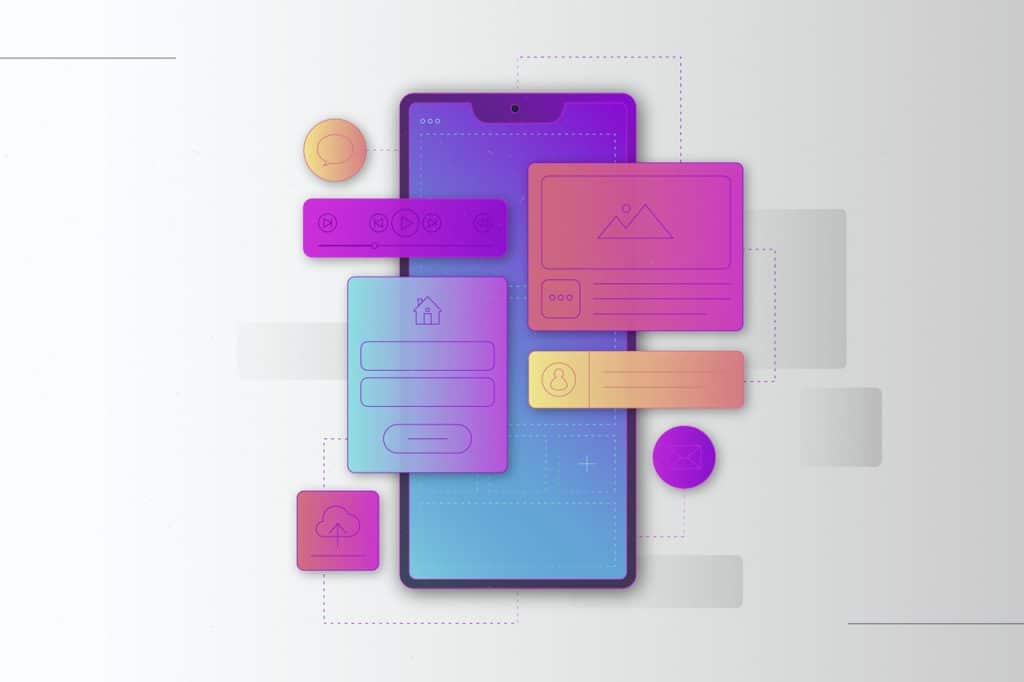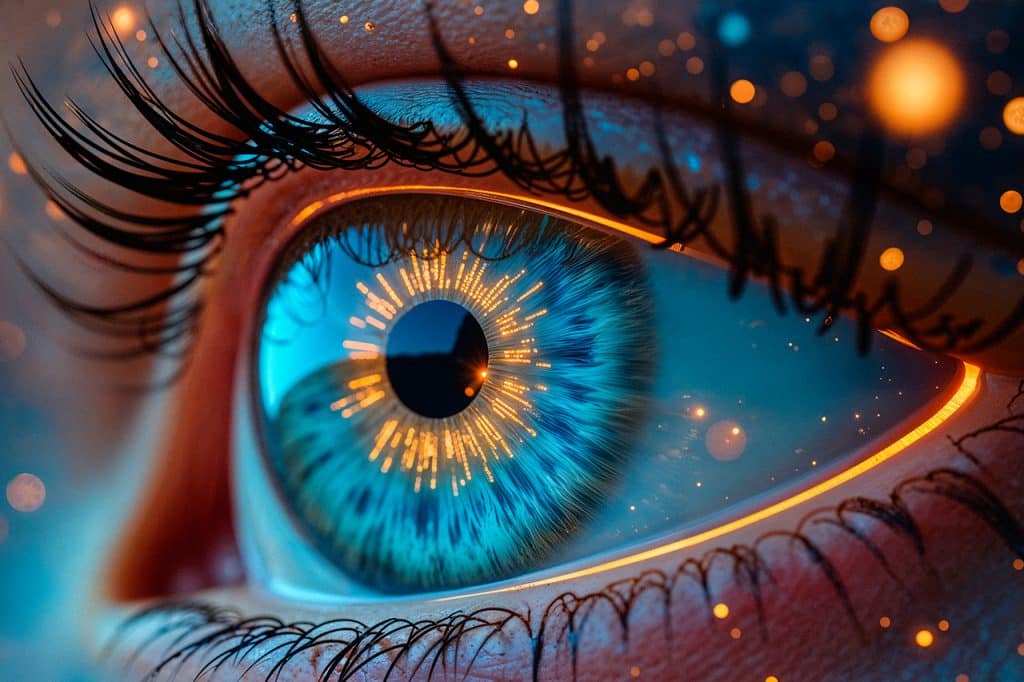In design, “UX” and “UI” are frequently discussed together, but they are not the same. Both play crucial roles in product design, yet they have different functions. Grasping the distinction between UX (User Experience) and UI (User Interface) design is vital for developing successful digital products.
What Is UX Design?
User Experience (UX) design focuses on crafting a smooth, efficient, and enjoyable experience for users. It requires a deep understanding of the user’s journey and aims to make their interaction with the product intuitive and satisfying.
Core Elements of UX Design
- User Research: Gaining insights into user needs, behaviors, and pain points through interviews, surveys, and usability tests.
- Information Architecture (IA): Structuring content in a way that makes it easy for users to find what they need.
- Wireframes and Prototypes: Mapping out the user flow with low-fidelity sketches and testing functional prototypes.
- Usability Testing: Evaluating how real users interact with the product and identifying areas for improvement.
A UX Designer’s Role
UX designers focus on solving problems and optimizing the overall user journey. Their goal is to ensure that every interaction feels natural and serves the user’s needs effectively.
What Is UX Design?
User Experience (UX) design is all about creating a seamless, efficient, and enjoyable experience for the user. It involves understanding the user’s journey and ensuring their interaction with the product is intuitive and fulfilling.
Core Elements of UX Design
- User Research: Gaining insights into user needs, behaviors, and pain points through interviews, surveys, and usability tests.
- Information Architecture (IA): Structuring content in a way that makes it easy for users to find what they need.
- Wireframes and Prototypes: Mapping out the user flow with low-fidelity sketches and testing functional prototypes.
- Usability Testing: Evaluating how real users interact with the product and identifying areas for improvement.
A UX Designer’s Role
UX designers focus on solving problems and optimizing the overall user journey. Their goal is to ensure that every interaction feels natural and serves the user’s needs effectively.
What Is UI Design?
User Interface (UI) design, on the other hand, deals with the visual and interactive aspects of a product. It’s about translating the functional structure of the UX into an attractive and responsive interface.
Core Elements of UI Design
- Visual Design: Choosing color schemes, typography, icons, and other elements to create a cohesive and visually appealing look.
- Interaction Design: Designing intuitive and responsive interactions, such as hover states, animations, and transitions.
- Consistency and Branding: Aligning the design with brand guidelines to maintain consistency across all touchpoints.
A UI Designer’s Role
UI designers bring life to the framework created by UX designers. Their primary focus is on aesthetics and interactivity, ensuring the interface not only looks good but also works effectively.
What Is UX Design?
User Experience (UX) design is all about creating a seamless, efficient, and enjoyable experience for the user. It involves understanding the user’s journey and ensuring their interaction with the product is intuitive and fulfilling.
Core Elements of UX Design
- User Research: Gaining insights into user needs, behaviors, and pain points through interviews, surveys, and usability tests.
- Information Architecture (IA): Structuring content in a way that makes it easy for users to find what they need.
- Wireframes and Prototypes: Mapping out the user flow with low-fidelity sketches and testing functional prototypes.
- Usability Testing: Evaluating how real users interact with the product and identifying areas for improvement.
A UX Designer’s Role
UX designers focus on solving problems and optimizing the overall user journey. Their goal is to ensure that every interaction feels natural and serves the user’s needs effectively.
What Is UI Design?
User Interface (UI) design, on the other hand, deals with the visual and interactive aspects of a product. It’s about translating the functional structure of the UX into an attractive and responsive interface.
Core Elements of UI Design
- Visual Design: Choosing color schemes, typography, icons, and other elements to create a cohesive and visually appealing look.
- Interaction Design: Designing intuitive and responsive interactions, such as hover states, animations, and transitions.
- Consistency and Branding: Aligning the design with brand guidelines to maintain consistency across all touchpoints.
A UI Designer’s Role
UI designers bring life to the framework created by UX designers. Their primary focus is on aesthetics and interactivity, ensuring the interface not only looks good but also works effectively.
Key Differences Between UX and UI Design
| Aspect | UX Design | UI Design |
|---|---|---|
| Focus | User journey and problem-solving | Visual aesthetics and interactivity |
| Objective | Efficiency, usability, and satisfaction | Brand alignment and engagement |
| Deliverables | Wireframes, user flows, research data | Visual mockups, style guides, prototypes |
| Role in Product | Defines how the product works | Defines how the product looks and feels |
How UX and UI Work Together
While UX and UI are different, they are deeply interconnected. A great UX ensures the product is usable and meets user needs, while a stunning UI enhances engagement and makes the product enjoyable to use. For example:
- A beautifully designed button (UI) will only be effective if its placement and functionality align with the user’s needs (UX).
- Conversely, a highly functional app (UX) may lose users if it looks outdated or unappealing (UI).
Why Understanding the Difference Matters
Understanding the distinction between UX and UI design helps businesses and teams allocate resources effectively. It ensures that both the user journey and the interface receive the attention they deserve.
When designing a digital product, think of UX and UI as two sides of the same coin. Together, they create a holistic experience that satisfies both functional and aesthetic goals.
Conclusion
In summary, UX design emphasizes the user’s journey and the functionality of the product, while UI design focuses on its appearance and overall aesthetic. Both elements are essential for creating a product that not only operates smoothly but also captivates users visually.
By prioritizing both UX and UI design, you can develop products that resonate with users, fostering satisfaction and loyalty.


